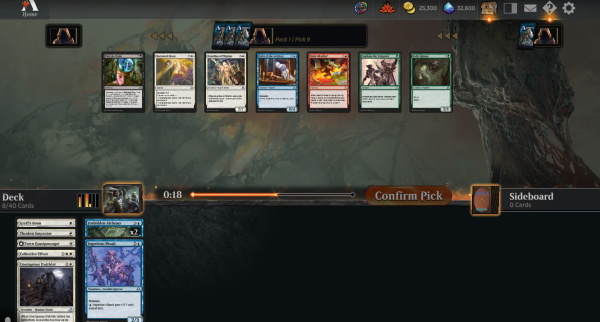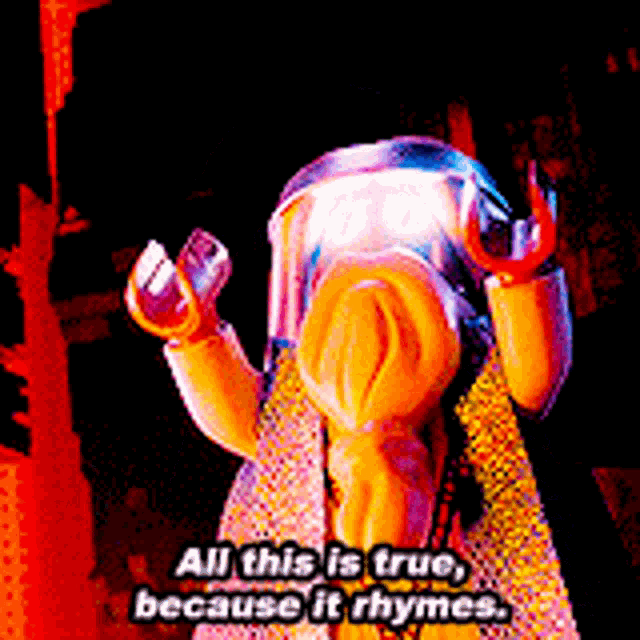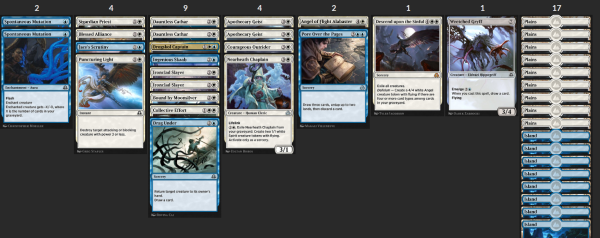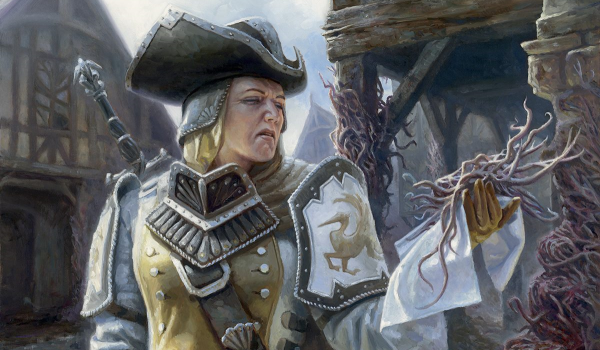Are you a Quiet Speculation member?
If not, now is a perfect time to join up! Our powerful tools, breaking-news analysis, and exclusive Discord channel will make sure you stay up to date and ahead of the curve.
Shadows Over Innistrad Remastered (SIR) is the newest remastered set to grace Arena. It's a curated set, drawn primarily from Wizards' second Innistrad block. Most interestingly, the format cycles through a sheet of "Shadows of the Past" cards. This means each booster pack we open will include one card from that week's cycle of additions. The first week's theme, "Creature Type Terror," provides boosts to the signature tribes of Innistrad. This week is "Fatal Flashback," which means we can expect a card with flashback in every pack. You can read more about the nature of the evolving format here.
This format is a far cry from Phyrexia All Will Be One (ONE). We no longer need to be hyper-vigilant regarding aggressive threats. This isn't to say we can afford to neglect the board, but control decks can exist in this format. For those who remember the Innistrad blocks, many of the cards will feel familiar. However, this being a very different format, many of them perform differently.
Is Green the Best Color?
Veterans of original Shadows Over Innistrad (SOI) draft will notice that a number of the rarities have changed in this format. Most notably are the ones in green. Obsessive Skinner and Gnarlwood Dryad have been rarity-shifted down to common. In original SOI, these cards were very strong, and these downgrade gives the green delirium package a number of powerful payoffs. Drafting these in multiples can be a powerful route through the draft.
Additionally, one of the most reliable color pairs in the format has proven to be GW Humans. There are a reasonable number of green and white cards to help us build out our curve in the early game. While this deck lost some of its power after the rotation of last week's "Tribal Payoffs," Intrepid Provisioner, True-Faith Censor, and Courageous Outrider all provide a good amount of power to help this creature-based deck power through the late game.
Competing Synergies in a Synergy Format
One of my favorite ways to approach a draft is to get deep in a single color. For this reason, we wanted to prioritize red in ONE, as it was deep at common and the cards were extremely flexible. It is nice to know that green is strong, but our focus should be on finding an archetype more than a color. The green delirium cards don't play well with the GW Humans cards. For the Delirium deck, we want to prioritize things like Terrarion and Grapple with the Past. Those cards don't get the job done in Humans.
As we work through the draft, our decks will oftentimes look like this.

While one could say that we're positioned to be a GU deck, the truth is we have cards for a white-based Humans deck, and we have cards for a Blue-Based Control deck. There is a world where they might overlap, but we shouldn't just assume that the two colors we're seeing represents the best deck. These white cards do not want Forbidden Alchemy. In this format we're okay straddling two decks, but we don't want to play two colors just because they're open. Cohesion is important.
A pile of midrange cards is a recipe for disaster. We always talk about having a plan in draft; in this format, we should stick to the scripted archetypes or iterate off of them. Good stuff from color A plus good stuff from color B does not necessarily make a good deck.
Engaging with the Draft
If we're expected to know what archetypes are open, we need to identify the commons and key uncommons that make a deck great. We can start the deck with cards that are more flexible like Drag Under, Incendiary Flow, or Faith Unbroken. However, we want to commit to a lane that offers us some genuine upside.
UW Spirits
Spirits loses Drogskul Captain this week, but Feeling of the Dread has stepped up in its absence. Spirits wants to race, and the flashback common makes that trivially easy. Additionally, Apothecary Geist looks a little weak compared with more modern commons like Oil-Gorger Troll, but this format is not as powerful as ONE. If we're seeing these cards late, we should consider them signs. This deck wants two drops and tempo-based interaction. Often times, I'll top my curve with Faithbearer Paladin, who plays well in the archetype.
Delirium
This deck is marketed as Golgari, but since Forbidden Alchemy entered the format, we should consider blue a reliable contributor. Delirium can splash colors, as it wants to play a slower, more controlling game. Cheap removal like Dead Weight is excellent, and the Dryad makes Rabid Bite a lot better. When we build this deck, our goal should be to get Obsessive Skinner online early. We're willing to play random artifacts like Field Creeper and Explosive Apparatus, but usually we're not happy about it. Spontaneous Mutation does a far better job of getting a difficult card type in the yard.
Blue-Based Spells
Spells has played out like a control deck more than I expected. It can kill fast with Mercurial Geists, but we're better off prioritizing good interaction, and value based creatures. Rise from the Tides is everything we hoped Spider Spawning would be. We shouldn't prioritize Take Inventory, but if we see one late, and we know we passed one early, they can be nice to speculate on.
BR Madness Vampires
This deck has been the most aggressive decks in the format. It can feel flat-out unfair to play against, however, it is also a little temperamental. It doesn't play well from behind, and it also needs to draw its cards in the right order. The best red cards are a little more open-ended. We can get into this deck by prioritizing strong red cards and finding the vampires later on. If we start off with the Vampire enablers, it's unlikely we'll be passed the Fiery Temper or Mad Prophet that we're hoping for. Start off red, get 'em dead. Start off vamps, end up damp.

GW Humans
This deck is deep at common and even cards like Guardian of the Pilgrims plays nice with our aggressive starts. Intrepid Provisioner continues to impress as a powerful curve topping threat. Additionally, this deck makes good use of combat tricks, so the trample does a little bit of extra work.
One thing that I have noticed is that this format provides a lot of options for go-wide combat tricks. You don't need to prioritize them, and while Travel Preparation was insane in original Innistrad, it seems less effective here. Cards like Rally the Peasants, Borrowed Grace, and even some of the rares like Collective Effort are very strong but can yield diminishing returns if we don't have a high creature count.
Find Value, But Don't Dig Too Deep
A lot of the best decks in this format are able to accentuate the value that some of the commons provide. Dauntless Cathar, for example, does a nice job of trading off as a three-drop. Getting a Spirit is fine, but when we can put some equipment on that token, we start to really generate value. The same is true for Take Inventory. If we have a way to get it into our graveyard for free, then we don't have to cast the ugly two-mana cantrip. Rather, we can start the curve at a two mana Divination.
However, this enhancement comes at a price. Sometimes, as we look to accentuate some of our cards, we find that we spread ourselves too thin.

UW Spirit Human Control ft. Aura Synergies 2-1
One of my first SIR drafts, I first-picked the Descend Upon the Sinful and never looked back. I wanted to build something that could take advantage of a wrath, and the options presented themselves. Eventually, tension emerged between Courageous Outrider and Angel of Flight Alabaster. In short, one wants Spirits, the other wants Humans. Unfortunately, this fork led to another.
One of my best Humans was Ironclad Slayer, which gets back Spontaneous Mutation, which played like a blue Swords to Plowshares in original SOI. Using it to eat a creature in combat and buy back the aura was great value in a deck with a wrath.
However, to get the most out of this, I needed cards in my yard; namely, instants and sorceries. To remove the instants and sorceries is to weaken the Spontaneous Mutation. To weaken the Spontaneous Mutation is to weaken the entire Human sub-package. This is to go without discussing the nature of the Spirits package headlined by the rare and the Drogskol Captain.
The deck played okay, but lost in the finals because it couldn't answer multiple Thermo-Alchemists. Perhaps a tighter build would have helped, or better draws... who knows? Regardless, this deck illustrates the difficulty of navigating this format. The synergies overlap. The colors provide multiple paths. To master SIR, we will need to find our lane, and know when the time is right to commit to one deck.




